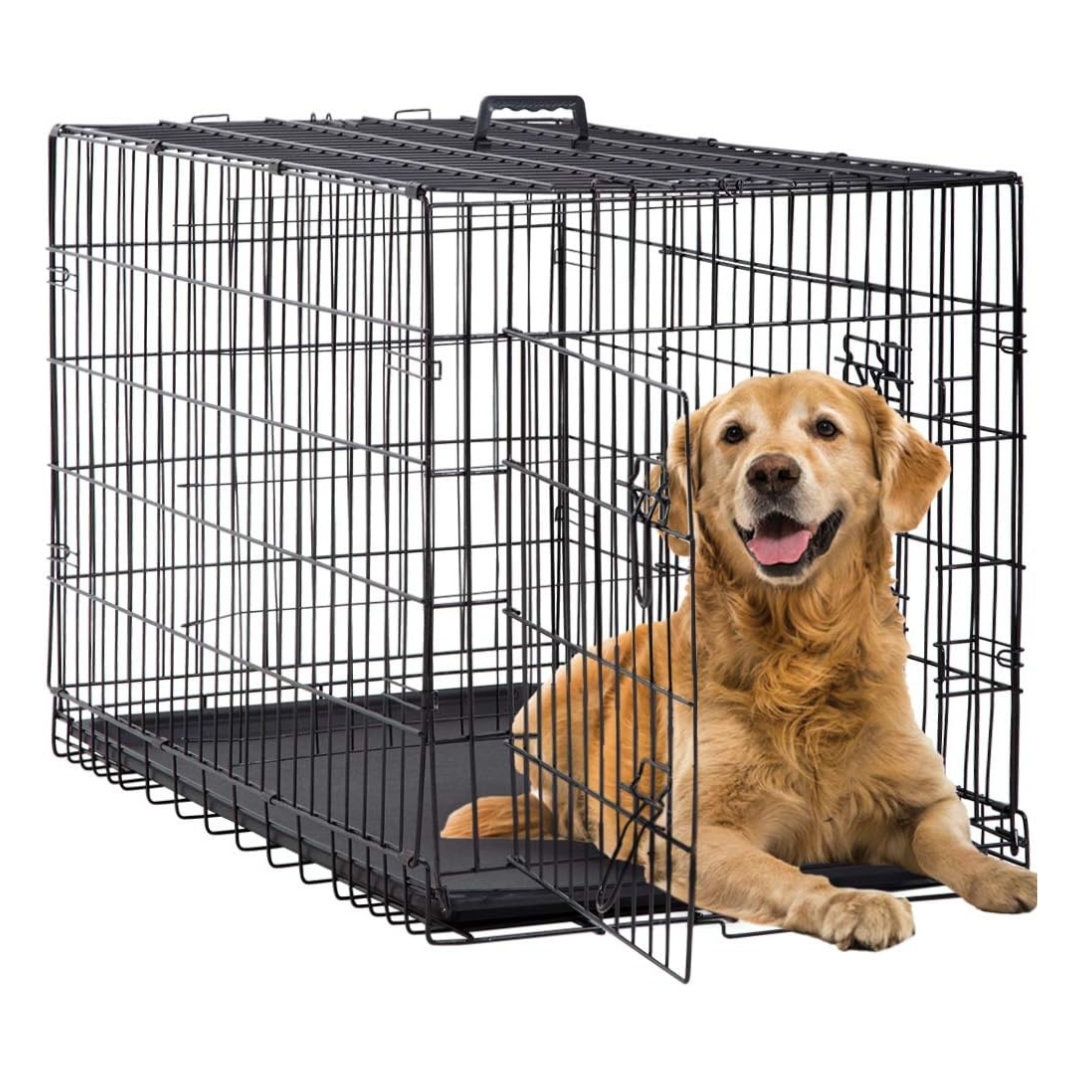Get the best Healthy Paws tips to keep your pet happy and healthy. From food to exercise, our top 10 tips will help you care for your furry friend.
Our Top 10 Healthy Paws Tips
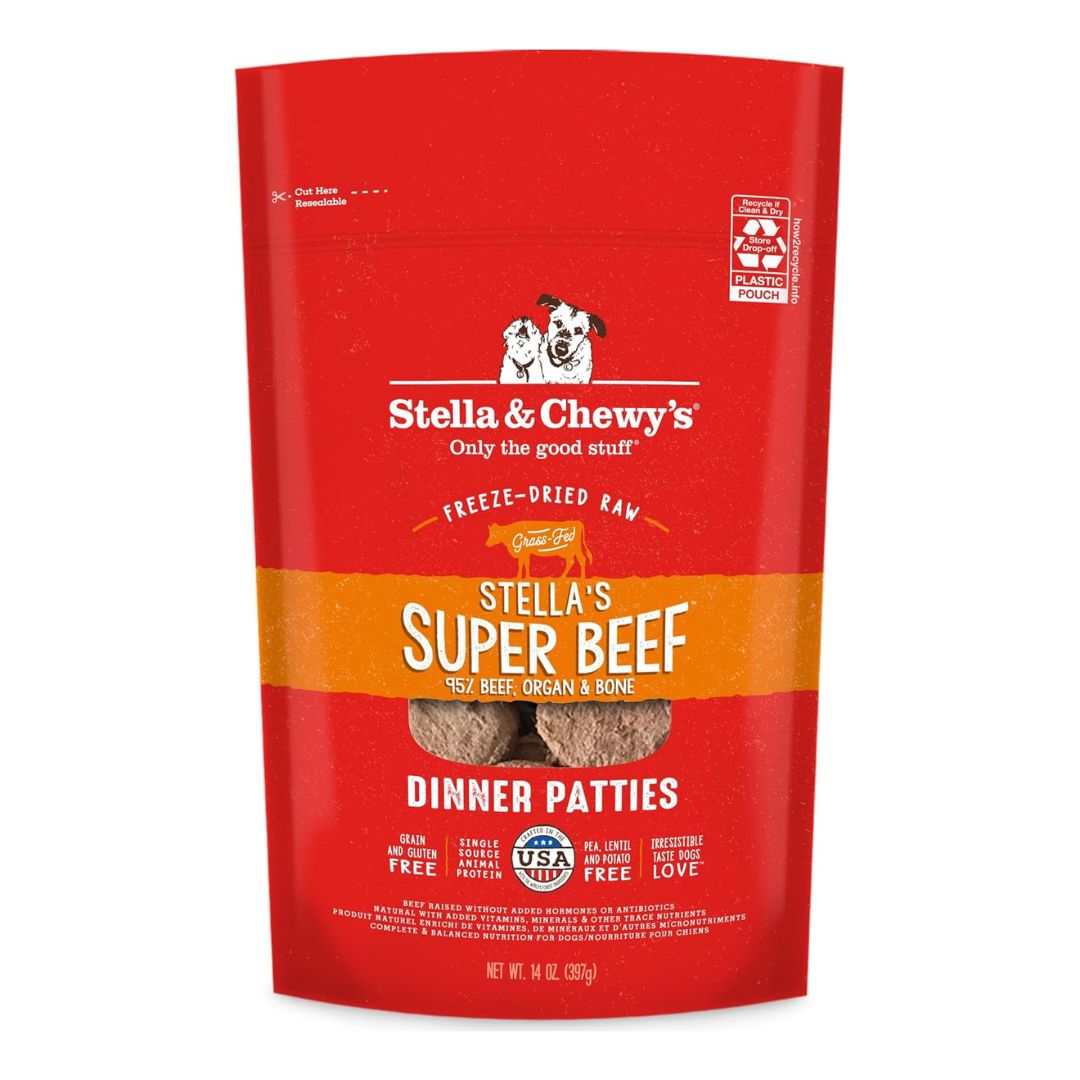
Healthy Paws Nutrition
Feed your pet a balanced diet. Healthy Paws nutrition includes quality proteins, vitamins, and minerals. Choose food that suits their age, breed, and health needs. Add fresh fruits and vegetables for extra nutrients. Always provide fresh water to help with digestion and overall health.

Healthy Paws Grooming
Groom your pet regularly. Healthy Paws grooming includes brushing, bathing, and trimming nails. Brushing removes loose fur and prevents mats. Bathing keeps their coat clean using pet-safe shampoos. Trim nails to avoid overgrowth and discomfort. Clean their ears to prevent infections. Make grooming a positive experience with treats and gentle handling.
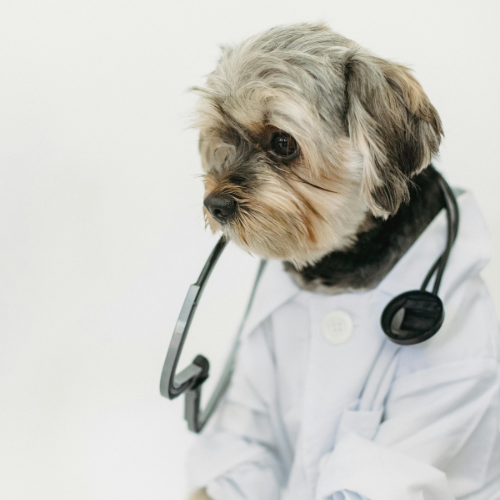
Healthy Paws Vet Visits
Take your pet to the vet regularly. Healthy Paws vet visits help catch health issues early. Schedule annual or bi-annual check-ups. Get vaccinations and routine screenings. Discuss any changes in behavior or diet with your vet. Early detection leads to better treatment and healthier pets.

Healthy Paws Mental Stimulation
Keep your pet’s mind active. Healthy Paws mental activities include puzzle toys, training, and games. Use interactive feeders to make mealtime fun. Teach new tricks to challenge their brains. For cats, provide toys that mimic hunting, like feather wands. Mental stimulation prevents boredom and reduces anxiety.

Healthy Paws Hydration
Always give your pet fresh water. Healthy Paws hydration is essential for their health. Check water bowls daily and refill as needed. In hot weather or after exercise, ensure they drink more. Use a pet water fountain to encourage drinking. Avoid sugary or caffeinated drinks. Proper hydration helps with digestion and keeps your pet healthy.

Healthy Paws Weight Management
Keep your pet at a healthy weight. Healthy Paws weight management prevents diseases like diabetes and joint problems. Monitor their weight regularly. Adjust their diet and exercise as needed. Measure food portions accurately. Limit treats and high-calorie snacks. Consult your vet for a weight loss plan if necessary. A healthy weight ensures your pet stays active and happy.

Healthy Paws Socialization
Socialize your pet properly. Healthy Paws socialization improves their behavior. Introduce them to different people, places, and animals. For puppies and kittens, start early with positive experiences. Arrange playdates with other pets. Take them to training classes or dog parks. For adult pets, gradually expose them to new environments. Proper socialization reduces fear and aggression, making your pet well-adjusted and friendly.

Healthy Paws Dental Care
Take care of your pet’s teeth. Healthy Paws dental care prevents oral diseases. Brush their teeth daily with pet-safe toothpaste. Use dental chews and toys to reduce plaque. Schedule regular dental check-ups with your vet. Good dental hygiene keeps their mouth healthy and prevents pain and infections.

Healthy Paws Safe Environment
Create a safe space for your pet. A Healthy Paws environment keeps them comfortable and secure. Pet-proof your home by securing harmful items like chemicals and sharp objects. Provide a cozy area with comfortable bedding and toys. Ensure they have access to food, water, and a quiet place to rest. Regularly check for hazards and update their space as they grow. A safe home reduces accidents and keeps your pet happy.
Compare Top Pet Health Insurance Options
Find the Best Plan for Your Pet
We have chosen the best pet health insurance plans to help you find the perfect fit for your pet. Compare plans by cost, reimbursement, annual benefits, and unique features below. Choose the right plan for you and your furry friend.
Affordable Pet Insurance Options

Lemonade Pet Health Insurance
Standard Plan Cost: $26.31/mo
Reimbursement Amount: 90%
Annual Benefit: $20,000
Key Features: It offers comprehensive coverage at affordable rates. Customer service is award-winning, making it a top choice for pet owners.
Benefit: It’s perfect for pet owners seeking full coverage at a low price.
Get a Free Quote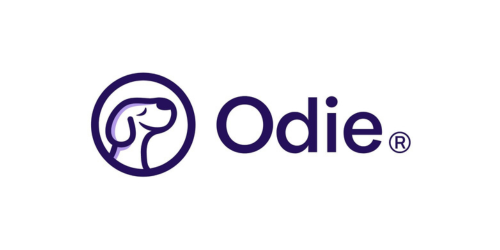
Odie Pet Insurance
Standard Plan Cost: $32.63/mo
Reimbursement Amount: 90%
Annual Benefit: $10,000
Key Features: It offers multiple plan options, including full coverage, injury & illness, and accident-only. Free 24/7 video chats with vets are also available.
Benefit: It’s ideal for budget-conscious owners who want customizable coverage plans.
Find the Best PlanPlans with Comprehensive Coverage

Trupanion Pet Insurance
Standard Plan Cost: $71.74/mo
Reimbursement Amount: 90%
Annual Benefit: Unlimited
Key Features: It offers unlimited annual benefits with no payout limits. «Vet Direct Pay» ensures faster processing.
Benefit: It’s great for those wanting maximum coverage with no benefit caps.
Find the Best Plan
Pumpkin Pet Health Insurance
Standard Plan Cost: $63.48/mo
Reimbursement Amount: 90%
Annual Benefit: $10,000
Key Features: There are no breed or age restrictions. Dental illness and hereditary conditions are covered at no extra cost.
Benefit: It’s perfect for owners of older pets or breeds with hereditary conditions.
Get a Free QuoteInsurance Plans with Unique Features
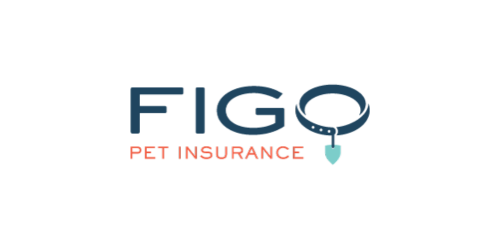
FIGO Pet Insurance
Standard Plan Cost: $36.24/mo
Reimbursement Amount: 90%
Annual Benefit: $5,000
Key Features: 24/7 access to a vet through video chat. It also has an easy-to-use pet records app and a real-time claim tracker.
Benefit: It’s ideal for tech-savvy pet owners who want convenience and quick access to care.
Protect Your Pet Now
Embrace Pet Health Insurance
Standard Plan Cost: $47.71/mo
Reimbursement Amount: 90%
Annual Benefit: $5,000
Key Features: The «Healthy Pet Deductible» lowers your deductible by $50 each year without a claim. It also has a high claim approval rate and a user-friendly portal.
Benefit: It’s ideal for owners who want to reduce their deductible over time.
Protect Your Pet NowFlexible Coverage Options
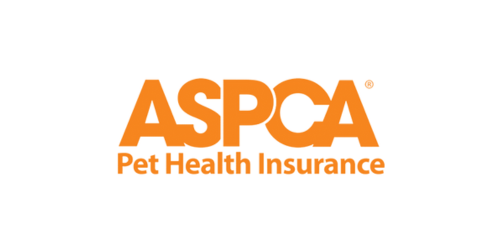
ASPCA Pet Health Insurance
Standard Plan Cost: $44.84/mo
Reimbursement Amount: 90%
Annual Benefit: $5,000
Key Features: You can visit any licensed vet in the US or Canada. It includes affordable accident-only plans and preventive care options.
Benefit: It’s great for those seeking flexibility and various coverage options.
Compare Plans Now
Fetch Pet Insurance
Standard Plan Cost: $49.12/mo
Reimbursement Amount: 90%
Annual Benefit: $5,000
Key Features: Fast claim approvals with direct deposit in just 2 days. Coverage is available at any licensed vet in the US or Canada.
Benefit: It’s ideal for pet owners who prefer quick reimbursements and flexibility.
See Plans and PricesFrequently Asked Questions about Pet Health Insurance
Find answers to common questions about pet health insurance. This guide helps you make smart choices for your pet’s health and gives you financial peace of mind.
General Questions
Pet health insurance helps pay for unexpected vet costs like accidents, illnesses, and preventive care. This lets you choose the best medical care for your pet without worrying about money. It also gives you peace of mind, knowing you are ready for any emergencies.
Most pet insurance plans cover various medical issues, including accidents, illnesses, emergency treatments, and sometimes preventive care. However, coverage details can vary by provider. It’s important to review each plan to see what is included and excluded. This helps you choose a plan that fits your pet’s needs and your budget.
Costs and Reimbursements
The cost of pet health insurance depends on factors like your pet’s age, breed, location, and health history. Also, the type of coverage, deductible, and copayment options affect the price. Comparing different policies is important. This helps you find a plan that offers good coverage without exceeding your budget.
After paying for your pet’s vet visit, you submit a claim to your insurance provider. They will review it and reimburse you based on your policy’s terms. Usually, reimbursement takes a few weeks, depending on the provider. To make the process easier, provide all needed documents, like invoices and medical records, when you submit the claim.
Yes, most pet insurance providers have waiting periods before some coverages start. This means there is a set time after enrollment when certain conditions are not covered. Waiting periods can be a few days for accidents or several months for illnesses or specific conditions. It’s important to know these waiting periods so you’re not surprised when you need coverage for your pet.
Coverage Details
Some pet insurance plans cover routine check-ups and preventive care, like vaccinations and wellness exams. However, not all providers include this. It’s important to review each plan to see if wellness coverage is included. This coverage helps keep your pet healthy and manages routine costs.
Many pet insurance plans cover hereditary and congenital conditions, especially if you enroll your pet while they are young. However, this coverage varies by provider. It’s important to read the policy details to ensure hereditary conditions are covered. Enrolling early often gives you better coverage options, helping you secure insurance for genetic health issues.
Yes, pet insurance is especially valuable for older pets. Although premiums are higher, older pets are more likely to have health issues and age-related conditions. Pet insurance helps cover these costs, making it easier to manage their care expenses. Often, having insurance can save you when unexpected problems come up. It allows your older pet to get needed treatment without hesitation.
Using Your Pet Insurance
Yes, most pet insurance plans let you visit any licensed veterinarian. This flexibility means your pet can get the care it needs. Whether you visit your regular vet or a new one while traveling, you are covered. After the visit, just submit a claim to get reimbursed for eligible expenses.
When choosing pet insurance, think about your pet’s age, breed, health history, and any pre-existing conditions. Also, compare different policies to see what each covers and if it fits your budget. Reading customer reviews can help you understand the provider’s reputation, customer service, and how easy it is to file claims. Choose a plan that matches your pet’s needs and your finances, offering good coverage and value for money.
Top Pet Product Recommendations
Explore our carefully selected top 10 pet products to enhance the health and happiness of your pets. Whether you’re looking for the best in raw dog food, stylish crates, or a secure playpen for your dog, we’ve got you covered.





